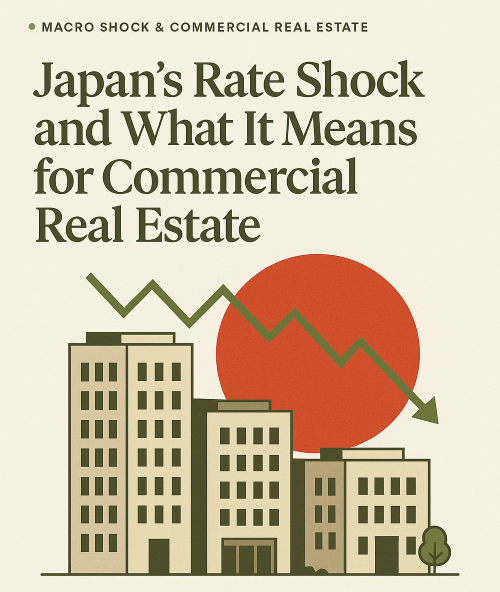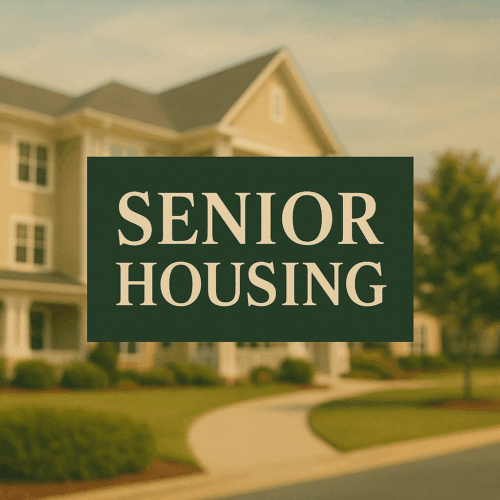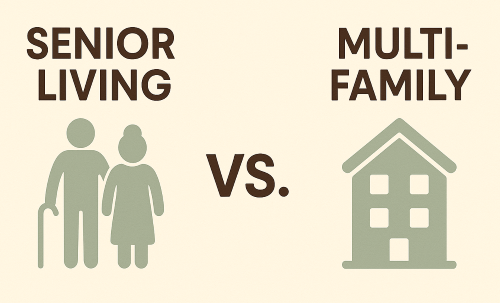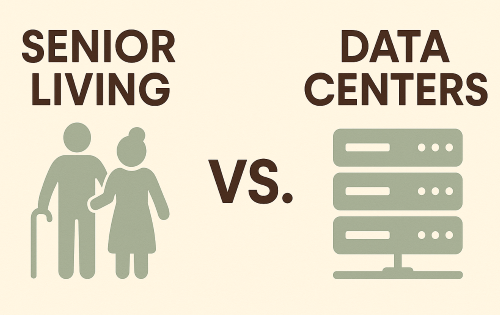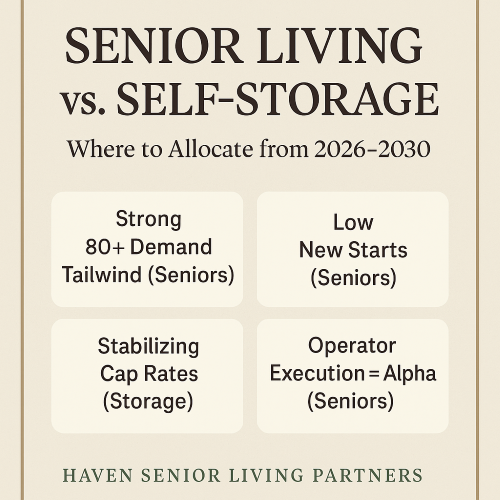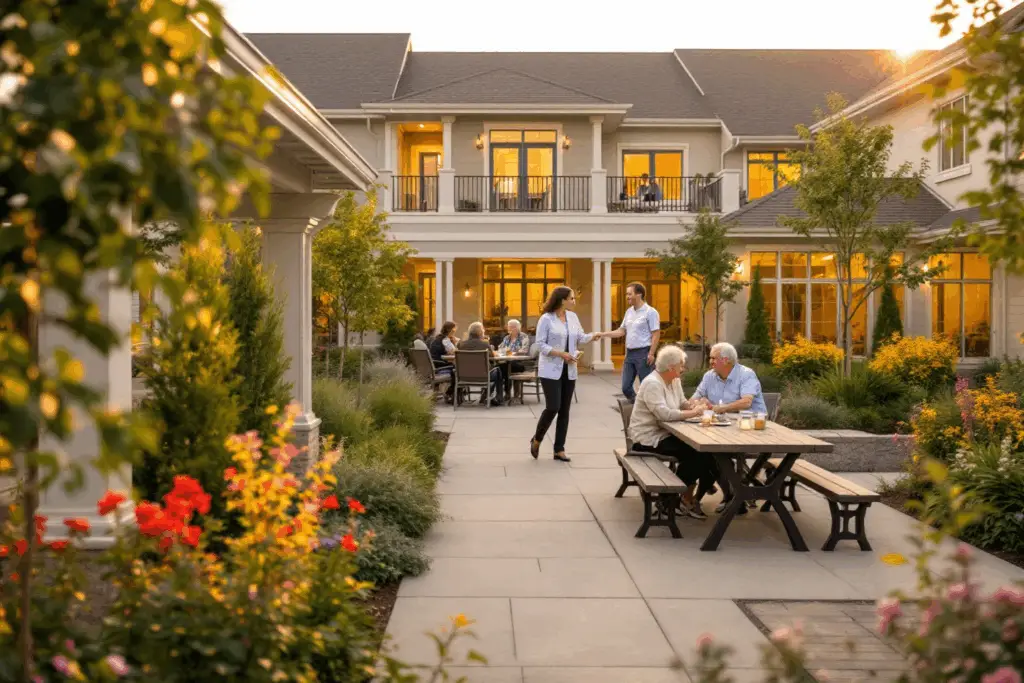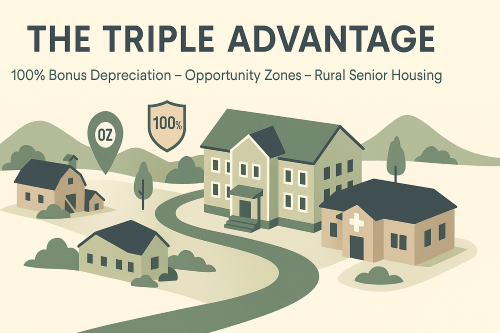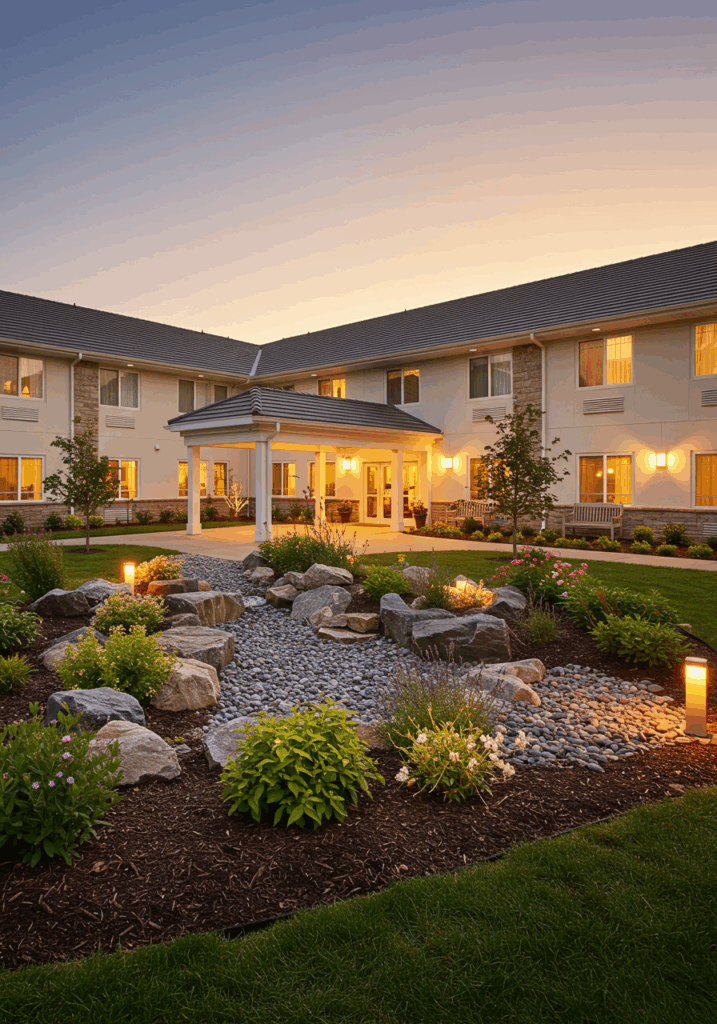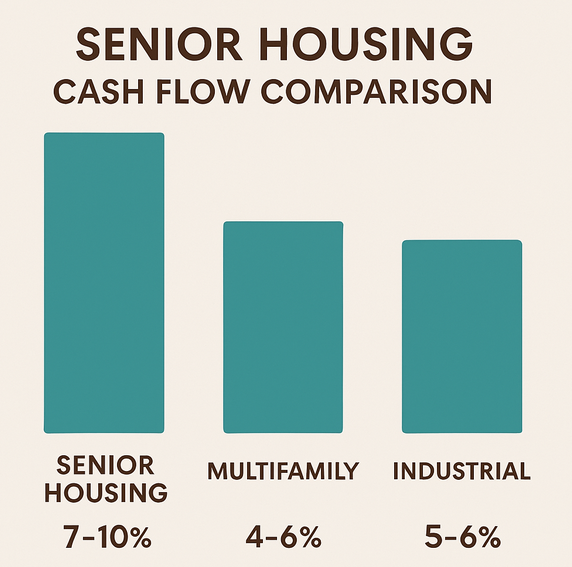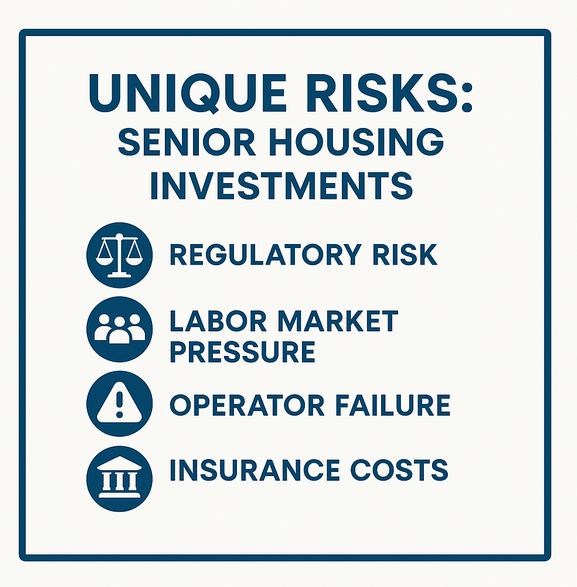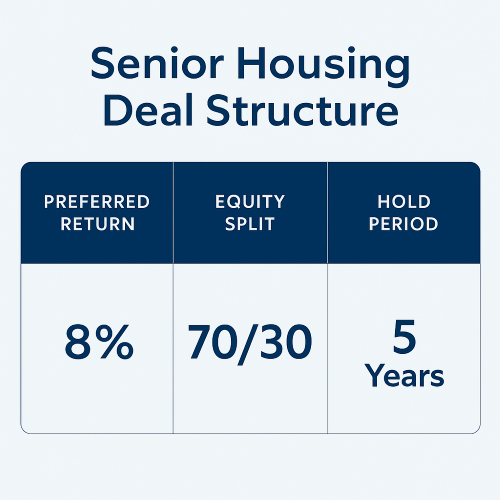In 2025, demand for senior housing is surging and supply is constrained due to financing challenges, rising construction costs, and labor shortages. Given these factors, the best way to navigate the supply vs. demand imbalance in senior living development and investment includes:
1. Focus on Repositioning Existing Properties
- With financing barriers making new development difficult, acquiring and repositioning underperforming or distressed assets could be a more cost-effective strategy.
- Properties that are outdated or struggling with high debt loads may become acquisition opportunities.
- Enhancing operational efficiency, updating designs, and catering to emerging preferences (boutique-style, active adult, etc.) can help reposition properties for the next wave of demand.
2. Creative Financing and Capital Strategies
- Since traditional financing remains constrained, alternative financing sources such as private equity, REIT partnerships, and structured joint ventures could provide capital.
- HUD, Fannie Mae, and Freddie Mac loans may also offer more favorable terms compared to conventional lending options.
- Sale-leaseback arrangements with institutional investors could free up capital while allowing operators to focus on management and expansion.
3. Standardization & Cost-Effective Development Models
- Modular construction and pre-fabricated building components can reduce costs and accelerate timelines.
- Developing mid-market senior housing with a focus on affordability rather than luxury models may better address the demand gap.
- Smaller, boutique-style communities with 40+ units, as opposed to large all-inclusive communities, may be more viable.
4. Expansion into Active Adult & Hybrid Models
- Active adult housing, which requires fewer healthcare services and regulatory burdens, presents a strong growth opportunity.
- Hybrid models that combine intergenerational models, independent living, active adult, and wellness-based services may be more attractive to incoming boomers who are delaying entry into traditional senior living.
5. Workforce Solutions to Address Labor Shortages
- Investing in workforce training programs and partnerships with vocational schools could help mitigate staffing issues.
- Leveraging technology (AI, robotics, telehealth) can improve efficiency and reduce staffing needs.
- Exploring alternative staffing models, such as contract workers or shared staffing across multiple properties, may help operators manage labor shortages.
6. Preparing for the Long-Term Demand Surge (2026-2030)
- While boomers are slowly entering senior housing now, the real surge in demand will arrive in the late 2020s and early 2030s.
- Positioning assets now—whether through acquisitions, strategic development, or repositioning—will be crucial for capturing the upcoming demand wave.


